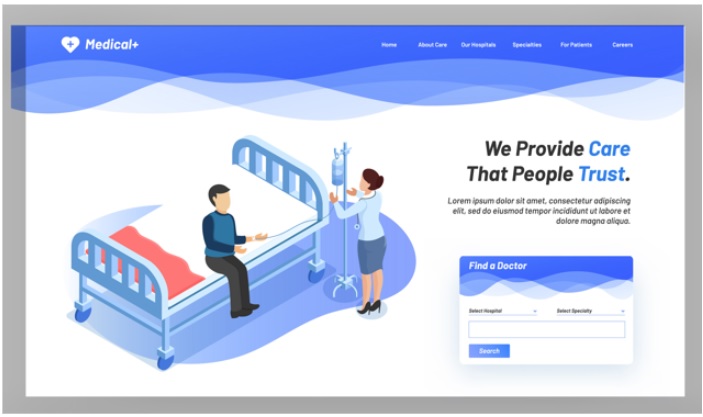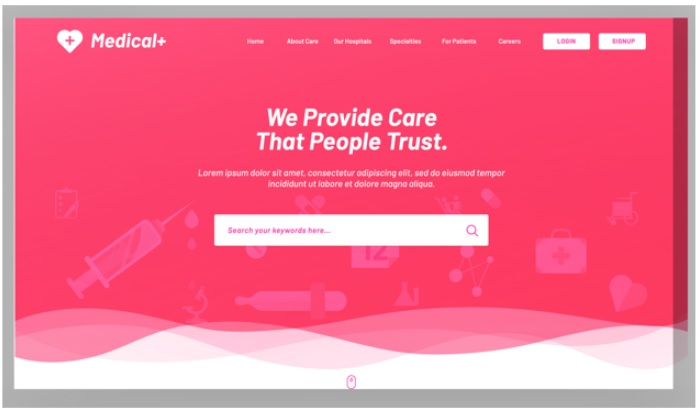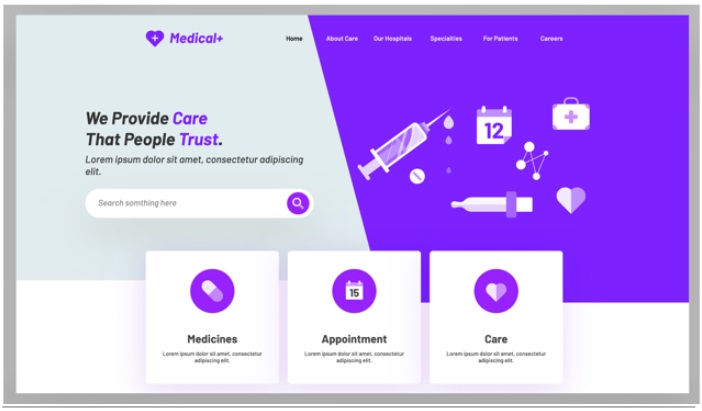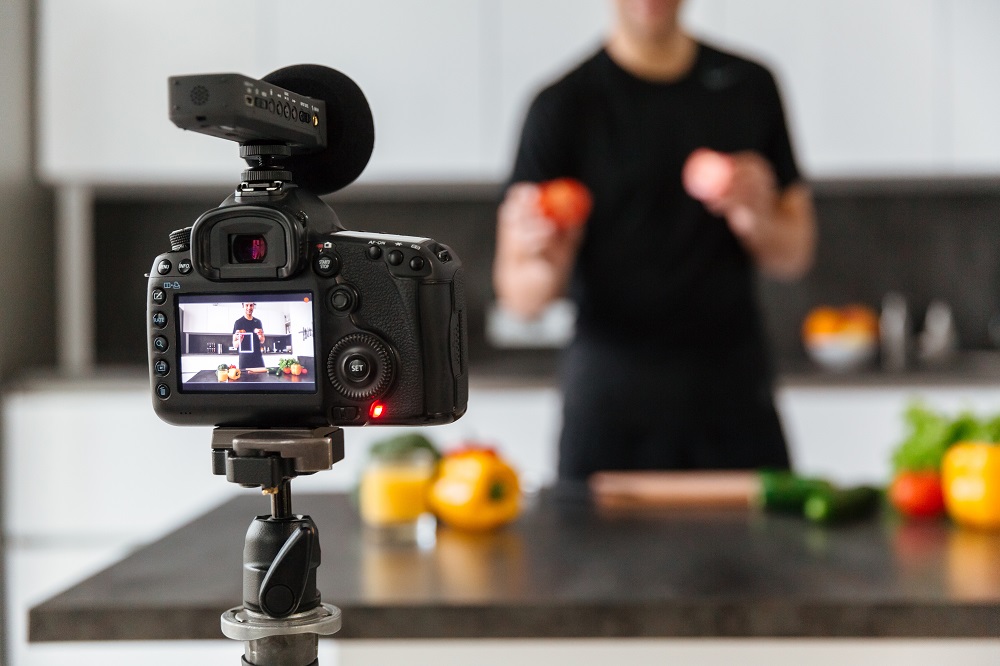Cost Effective Product Testing – Taking Risks and Validating Assumptions
January 5, 2023 by Kim Loomis, Product Owner @ Fathym

In this article:
- Progress requires risk-taking
- Risk evaluation involves assumptions
- Different methodologies help validate assumptions
Risk Taking
Companies, even very well-known companies, do not always put out million-dollar selling, award-winning products. In the mid-1980s, the Coca-Cola Company introduced “New Coke.” It was a spectacular flop and the company had to change back to “Coca-Cola Classic” within 3 months’ time.
However, at the 10-year anniversary of “New Coke” Mr. Roberto Goizueta, the then CEO of Coke, “characterized the ‘new Coke’ decision as a prime example of ‘taking intelligent risks.’ He urged all employees to take intelligent risks in their jobs, saying it was critical to the company's success.”
He was right.
Companies that want to move forward, stay relevant, keep the sales line moving to the upper right quadrant of the chart need to take risks.
Validating Assumptions
In product development, smart companies take risks by putting out different things in ways that will allow the company to gain insight and understand how products will perform with consumers. Smart companies will take calculated risks – risks that have been analyzed, where the probability, impacts and benefits of the risks have been considered.
Because new products are a gamble, companies will try to do product introduction in the cheapest, fastest way possible. No one wants to put out a “New Coke” disaster like Coke did and lose millions of dollars and market share. Consequently, companies might try to do one or more of the following activities when assessing a new product.
“Pay no attention to the man behind the curtain” method

A case in point is Zappos. The founder of the company did not want to invest in shoe inventory until he could prove that consumers wanted it. So, he took pictures of shoes and posted them on his website. When someone bought a pair of shoes, he would go to the store, buy them, and ship them to the consumer. But Zappos did not have any inventory itself, even though on the website, it appeared that it did.
In the same vein, Fathym uses this incremental approach to develop features. A feature is started, and parts of the workflow are programmed, while other parts remain manual activities. This allows Fathym to understand how customers want to use its product and only then, continue to automate the workflow. This ensures that Fathym puts out products that customers want.
Paper prototypes

Marvel Studios did this with the Avengers. Rather than develop a movie (or movies) outright, the studio first created the story on paper, a much more cost-effective and rapid way of proving out the story line.
At Fathym, we use “digital whiteboards” to collaboratively design out products, product features, and customer journeys before we ever commit a line of code.
Different landing pages
Your audience is not all the same and neither are their interests. So, you must market your product differently with messaging, positioning, and frame various aspects of your products to appeal to different target audiences or personas.
Landing pages are where users land after they have clicked on a link somewhere on the web – YouTube, Twitter, etc. Landing pages provide more marketing material to the consumer and have a call to action – “learn more,” “contact sales,” “get a demo,” etc. The landing page mockups below are all for the same medical company but highlight the company in different ways.



At Fathym, this is done by having different landing pages for different products. It also has pages geared toward each product’s technology and pages focused on solving problems for particular industries. These allow potential customers to browse products and solutions at their leisure. You can check out some of these different pages for the Fathym platform, Fathym IoT and Fathym Habistack.
Explainer videos

These are self-explanatory, all puns intended! Fathym does this to explain its technology. The video gives a short overview of the product, describes a problem it solves (likely one that you have), tells how it solves that problem, entices you with a call to action (“learn more at fathym.com”) and possibly displays a few logos of well-known clients or discusses success stories.
Impersonator method
This involves using another product, possibly a direct competitor’s product, as a starting point for your own product or, in some cases, altering it so it appears to be your own.
Elon Musk did this with the Tesla Roadster. He started with a Lotus Elise and used it as the starting point for his product. In this way, it supposedly “leap frogged” Tesla ahead in its product development cycle.

Fathym takes a slightly different tack here – through competitive analysis, it figures out what other companies are and are not. It takes the “are not” part and goes about filling that gap for customers.
Cost Effective Risks
Taking risks and validating assumptions are things that every company, at least companies that desire to grow and progress, should do regularly. Like Fathym does, other companies can use the five methods to evaluate features and products, before making a larger commitment and investment. These methods allow companies to experience outcomes on a smaller scale and budget.
Fathym’s technology allows organizations to build composable, modular products that can be rapidly put together and have the flexibility, on account of their modular architecture, to promptly swap in and out different elements. This allows for your assumptions to be validated quickly, efficiently and cost-effectively.
Learn more at Fathym.com. Start taking your calculated risks today with Fathym.